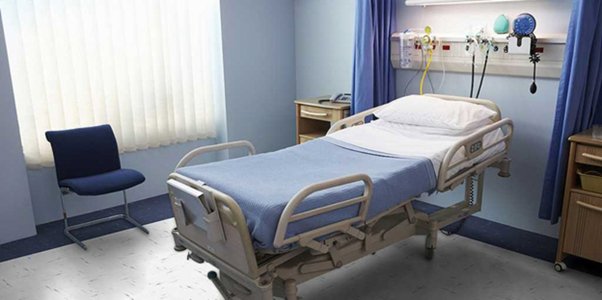MRSA, Symptoms and Prevention

MRSA (Methicillin Resistant Staphylococcus Aureus) is a type of bacteria resistant to several widely used antibiotics such as penicillin and methicillin. It is considered as a superbug and can be difficult to treat.
How did MRSA become resistant?
Originally, Staphylococcus infections were sensitive to penicillin. MRSA first appeared in the 1960s. The misuse and overuse of antibiotics and vaccines caused some strains of staphylococcus to become resistant to penicillin and methicillin. Several reasons can make bacteria resistant:
– Patients press doctor for medication to help them overcome their cold and other minor illnesses. Thus, doctors prescribe antibiotics to patients when it isn’t completely necessary, for example for viral infections like the common cold when the drugs only work on bacterial infections.
– People tend to stop treatments when symptoms are fading. Germs aren’t all eliminated and the remaining one becomes stronger and resistant.
– Some people also flushed the remainder of antibiotics in the toilet. The drugs reach water supply where germs are able to evolve and refine their ability to outsmart these medications.
How can you get MRSA?
You can carry the bacteria on your skin or in your nose without having any symptoms of the illness. MRSA is spread by contact. Touching the skin of another person who has MRSA or touching a contaminated surface and then touching your face can infect you. MRSA can also make you sick by entering your body through an open cut or wound.
Symptoms
The symptoms of MRSA depend on where you are infected. In most cases, it causes mild infections on the skin. The infected area on the skin can become red, swollen, and painful and can even have pus. You can then get fever. MRSA can also cause more serious skin infections or infect surgical wounds, the lungs, the bloodstream or the urinary tract.
Who is at risk?
Everyone can get MRSA but staying in hospital can put your more at risk. People who have a surgical wound or intravenous, or the one who are hospitalized for a prolonged period of time are more likely to be infected. People with a weakened immune system due to a medical condition or who take antibiotics are also at risk.
How to prevent getting MRSA?
To prevent the spread of MRSA, keep your hands clean by washing them thoroughly with soap and water during at least 15 seconds and thoroughly dry them. Use an alcohol-based hand sanitizer if water and soap aren’t available. In hospital, hands or gloves may become contaminated with MRSA when healthcare workers touch a patient and then spread the superbug from one patient to another. Healthcare providers should wash their hands before and after touching a patient and change gloves between patients.
Cover your cuts and scrapes with a bandage and keep them clean and dry. Avoid touching other people’s wounds or bandages.
Avoid sharing personal items such as clothes, towels and razors. Other items that should not be shared include brushes and makeup.
Use a tissue to cover your mouth when sneezing or coughing and throw it after. You can also sneeze or cough in your inner elbow to avoid spray of saliva and secretions and contaminating your hands.
Disinfect surfaces such as doorknobs, phones, computer keyboards to avoid cross contamination.
What can you do to prevent the development of MRSA?
The misuse and overuse of antibiotics created superbugs like MRSA. Use antibiotics safely and in the right condition.
Antibiotics should only be used against bacterial infections. they aren’t effective for viral infections such as a cold or flu. Don’t take antibiotics without a prescription as they might not be the appropriate choice for your condition or may not have any effect.
Follow your doctor’s instructions when you are prescribed an antibiotic and don’t stop the treatment earlier than expected.
Sources:
CDC. 2013. General Information About MRSA in the Community. [ONLINE] Available at: http://www.cdc.gov/mrsa/community/index.html.
MayoClinic. 2015. MRSA infection. [ONLINE] Available at: http://www.mayoclinic.org/diseases-conditions/mrsa/basics/symptoms/con-20024479.
WebMd. 2015. Understanding MRSA Infection — the Basics. [ONLINE] Available at: http://www.webmd.com/skin-problems-and-treatments/understanding-mrsa
NHS. 2015. Symptoms of an MRSA infection . [ONLINE] Available at: http://www.nhs.uk/Conditions/MRSA/Pages/Symptoms.aspx






